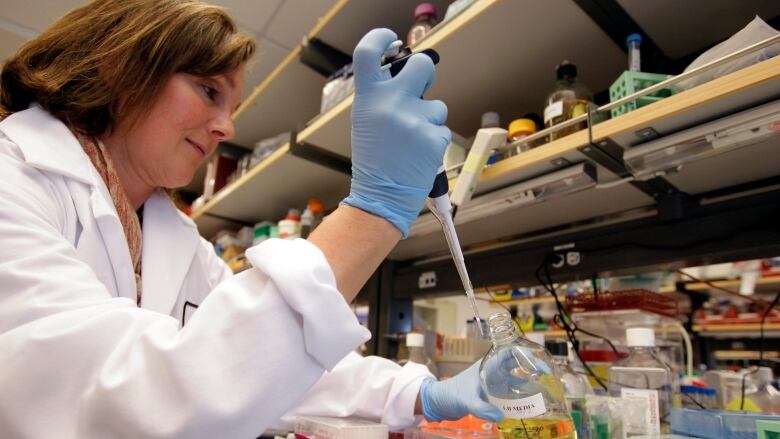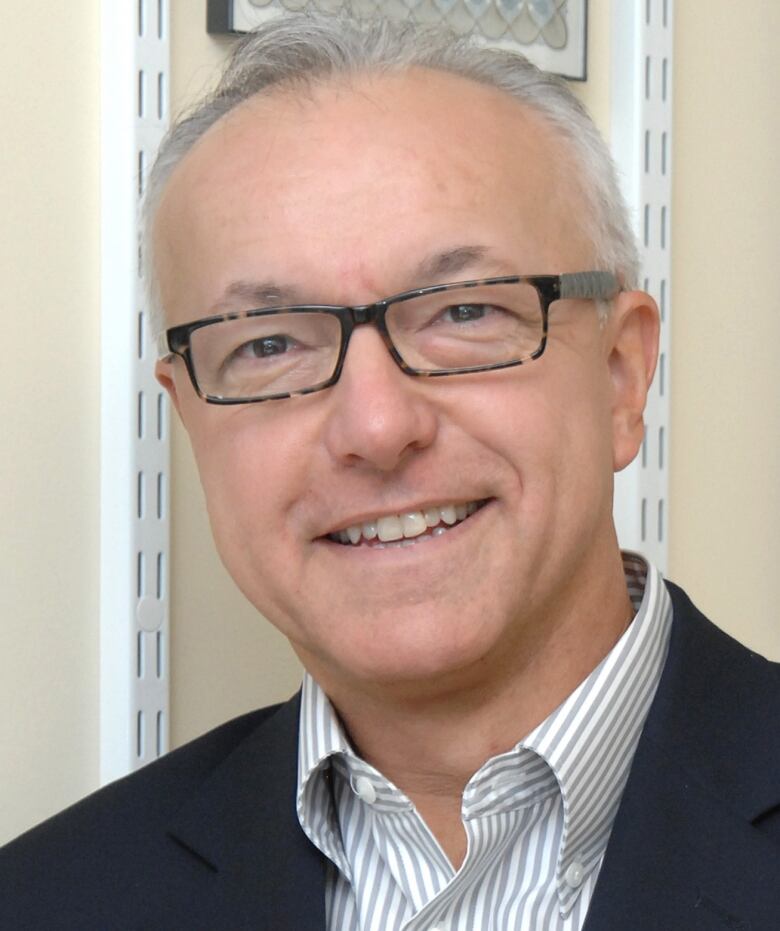It's not just stem cell research that's overhyped medical science spin is a widespread problem
International Society for Stem Cell Research is urging scientists to manage public's expectations

Would you read a story if this was the headline: "New study raises questions about an experimental treatment that might not work and won't be ready for a long time."
That description would apply tomost medical studies that make the news but wouldbe unlikely togenerate the clicks, taps, likes and sharesthat propel a story through cyberspace and social media.
What gets clicks? Words like "breakthrough," "groundbreaking,""game changer" and "lifesaver."And that's how much of medical news is described.
In oneweek last June, researchers counted 36 different cancer drugs being described using those superlatives.
But when they took a closer look at the actual drugs, half were not yet approved as safe and effective, and some hadn't even been tried on humans.
PR machinefeeds the hype
So, who's hyping the science? Everybody, it turns out.
Seeds of hype have been foundin many of the press releases sent out by universities and research organizations.
And there's evidence of that hype being routinely amplified by reporters, scientistsand scientific journals.
This hyper-optimism has been measuredby examiningthe words scientists use when they write their research papers. Since the1970s, the use of positive words in scientific abstracts increased by 880 per cent, according to a study last December in the British Medical Journal.
And now, the world's stem cell scientists have been told to stop the hype.
The International Society for Stem Cell Research (ISSCR) issued new guidelines last week that urgescientists to dial back their enthusiasm when talking publicly about their research.
There is essentially an industry already out there that is marketing unproven therapies directly topatients.-George Daley, Harvard Medical School
The ISSCR represents more than 4,000 scientists in 60 countries, all investigating the promise of stem cells, which have the potential to develop into any tissue in the body.
In their updated guidelines on the research and development of stem cell therapies, they've created a special section about communication thatadvisesresearchers to stop exaggerating, oversimplifying and overpromising how soon patients will benefit from their research.
Because people are getting hurt.
Last December, the Food and DrugAdministration in the U.S.issued a warning letter to a U.S.-based company offering stem cell therapies for a range of diseases, including autism, multiple sclerosisand Parkinson's disease. And a U.K. newspaper claims its undercover investigation lead to the closure of a controversial clinic in Germany where a child died after having stem cells injected into his brain.
"We recognize that there is essentially an industry already out there that is marketing unproven therapies directly to patients," said George Daley, amember of the ISSCR and aprofessor at Harvard Medical School.
"It is part of the concern that has raised the alarm and part of the impetus behind having these guidelines."
Downplaying negative findings
To help the public better understand the uncertainties and risks inherent in stem cell science, the ISSCR is calling on its scientists to do a better job of managing expectations.
- Stem cell guidelines would block marketing of unproven therapies
- Canada's stem cell research needs big investment
The guidelines warn that some study findings are being "spun" by scientists who "change the goalposts" when their findings fall short, downplaying their original research targets when they don't achieve statistical significance and highlighting secondary outcomes that do meet the statistical threshold.

Another problem? Overly optimistic predictions that stem cell treatments are just around the corner.
One recent study showed that when media report timelines, they usually predict a drug will be ready for patients within five to 10 years, or even sooner.
The reality is much less optimistic, because, in the end, many of those promising treatments fail.
"We may be afraid to break the bad news that many studies do not result in statisticallysignificant or clinically meaningful effects," the BMJ authors wrote.
That can lead to the "file drawer" effect, where negative results end up being tossed aside and never published, even though it can be just as important to know what doesn't work.
And there's evidence that a publication bias has emerged that is distorting the scientific record because only the positive results are ending up in print.
Publish all results not just the positive
That has prompted a campaign to liberate the lost data, with scientists demanding that all clinical trials be published and all data be made available.
In the new guidelines, the ISSCR advises its researchers to promptly publish "results regardless of whether they are positive, negative or inconclusive."
And if the results look promising, the guidelines warn, scientists should keep any predictions about future benefits accurate, circumspect and restrained.
"No doubt, the path forward will be fraught with setbacks, and not all of the clinical trials will work," said ISSCR president Sean Morrison.
- Trudeau announces $20M fornew cell regeneration researcher facility
- Is Gordie Howe's stem cell recovery the miracle it's been claimed to be
But the scientists are not discouraged by the realities of their world.
"Clinical trials are beginning, or have begun, in Parkinson's disease, macular degeneration, juvenile diabetesand spinal cord injuries," said Morrison.
"Even if we only succeed some of the time, it will change the world for subsets of patients who are currently beset by these terrible conditions," he said.
In the meantime, scientists are being told to pull the plug on the hype machine.












_(720p).jpg)


 OFFICIAL HD MUSIC VIDEO.jpg)
.jpg)



























































































